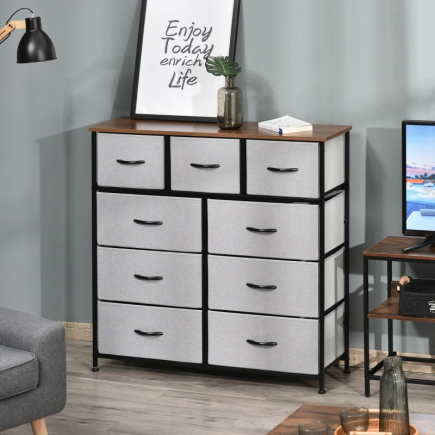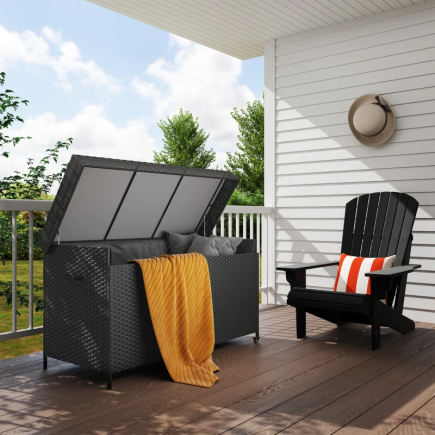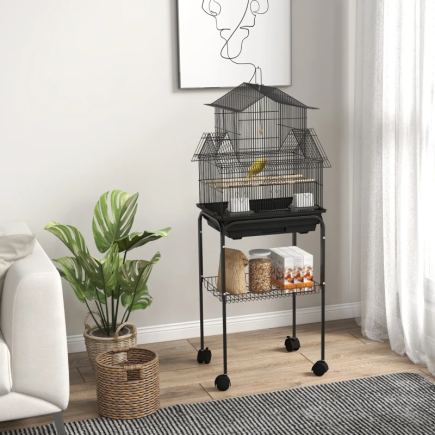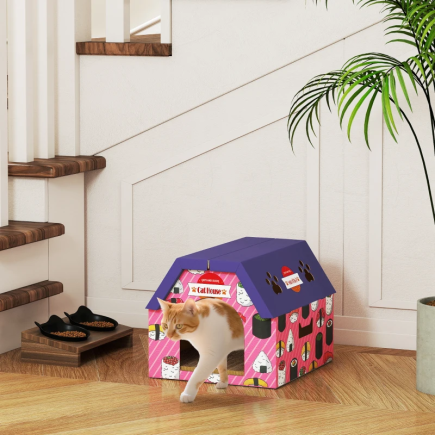A floor lamp is more than just a decorative accessory. It is a functional element that influences how a room looks, feels, and works. Unlike ceiling lights, which provide even but often harsh illumination, or table lamps, which require surface space, a floor lamp offers flexibility. It can brighten a corner, provide focused task light, or add warmth and ambience.

Choosing the right lamp requires attention to several factors. Height, proportion, brightness, bulb type, shade design, and stability all play a role in determining whether a lamp enhances your space or feels out of place. The right choice will improve comfort and usability while complementing your décor. The wrong one may leave the room poorly lit or visually unbalanced.
Step 1: Define Your Purpose
The first step is to be clear about what role the lamp will serve.
- Primary lighting: In rooms without overhead lights, a floor lamp may need to provide most of the illumination. Multi-light or high-output lamps are best in this case.
- Secondary lighting: In most homes, floor lamps work as part of layered lighting, softening the effect of ceiling fixtures and filling in shadows.
- Task lighting: For activities such as reading, studying, or craft work, you need clear, directional light that can be adjusted.
- Ambient lighting: If your goal is atmosphere, focus on shades and bulbs that produce a diffused, gentle glow.
Being clear about purpose will help guide all other choices, from bulb type to shade design.
Step 2: Assess Your Room and Layout
A lamp must suit the space it will occupy. Placement, room size, and ceiling height should be considered before purchase.

- Room size: Smaller rooms benefit from slim, tall designs that don’t overwhelm. Larger rooms can accommodate wider shades or multi-light branches.
- Ceiling height: For standard ceilings around 8 feet, lamps between 58–64 inches tall feel balanced. Taller ceilings (10 feet or more) suit lamps up to 76 inches.
- Furniture arrangement: A lamp should work comfortably alongside chairs, sofas, or tables, providing light where it’s needed without blocking movement.
- Pathways: Avoid placing lamps where they obstruct natural walking areas.
Correct sizing and positioning are as important as design, because a well-chosen lamp should feel like a natural part of the space. This is why thinking carefully about floor lamp placement ensures the light works both practically and visually.
Step 3: Size and Proportion
The size of the lamp should feel balanced with the furniture and architecture of the room.
- Height: The bottom of the shade should be at or just below eye level when you are seated. This prevents glare and makes light more comfortable.
- Shade width and height: A shade about twice the width of the base and roughly one-third the total lamp height creates balanced proportions.
- Furniture scale: Slim bases look natural beside small chairs or side tables, while heavier or wider bases pair better with large sofas or sectionals.
These simple checks ensure the lamp feels integrated with the furniture and room rather than standing out awkwardly.
Step 4: Lighting and Brightness
Brightness depends on how you will use the lamp. A reading corner needs clear, concentrated light, while a living room feels more comfortable with softer, diffused brightness. For general ambience, shades and bulbs that spread light evenly across the space are ideal.
In larger rooms, one floor lamp is rarely enough. Combine it with ceiling lights, wall sconces, or table lamps to create a layered lighting plan that balances brightness and atmosphere.
Step 5: Bulb Choices and Their Effects
The bulb inside the lamp has a major influence on efficiency, lifespan, and the character of the light.

- LED: Long-lasting, highly efficient, and available in both warm and cool tones. They cost more upfront but are the most practical option for everyday use.
- Halogen: Bright and crisp, but they generate heat and are less safe in households with children or pets.
- CFL: Affordable and efficient, though slower to reach full brightness and less adaptable to dimmers.
- Incandescent: Provide a warm, natural glow but use more energy and burn out quickly.
For most households, LEDs are the best balance of efficiency, flexibility, and lifespan.
Step 6: Lampshades and Light Diffusion
The lampshade affects both how the lamp looks and how it lights a space.

- Opaque shades direct light downward, ideal for reading or focused activities.
- Translucent shades spread light more evenly, creating softer ambience.
- Fabric shades such as linen or cotton give a warm, diffused glow.
- Glass or metal shades produce brighter, more concentrated beams.
- Shape also matters, round shades create a relaxed look, while square or angular shades suit modern, structured designs.
The best shade choice will feel balanced with the base while also supporting the lamp’s intended purpose.
Step 7: Style and Design Matching
A floor lamp should harmonize with the character of your décor.

- Modern: Minimalist forms, metal finishes, and clean lines.
- Traditional: Ornate bases, pleated or fabric shades, and warm materials.
- Rustic: Wood, iron, or textured natural finishes.
- Eclectic: Mixed materials, bold colours, or unusual shapes.
The design of a lamp often overlaps with its functional category. For example, arc lamps suit modern interiors, while tripod lamps offer stability and a mid-century feel. Understanding the different types of floor lamps helps you see how each style contributes to both aesthetics and lighting function.
Step 8: Practical Features
Modern floor lamps often include features that improve usability and comfort.
- Dimmers: For controlling brightness.
- Switch type: Options include foot pedals, rotary knobs, or pull chains.
- Adjustability: Swing arms, flexible heads, or telescoping stems direct light exactly where it’s needed.
- Smart features: Some lamps integrate with apps or voice assistants for scheduling or remote control.
- Multifunctional bases: A few designs include shelves or charging points, helpful in small rooms.
Step 9: Safety and Stability
A good floor lamp must be safe as well as stylish.
- Weighted base: A solid base keeps the lamp stable and reduces tipping risk.
- Certifications: Look for marks such as cETL or CSA, which confirm the lamp has been tested for electrical safety.
- Household safety: In homes with children or pets, avoid lightweight designs that can be knocked over easily.
Finding the Right Floor Lamp
The right Floor Lamp is chosen by balancing purpose, size, brightness, shade design, safety, and style. A well-selected lamp fits proportionally with the room, supports everyday activities, and enhances the overall look of the space.
When thoughtfully chosen, a floor lamp does more than brighten a corner, it adds comfort, depth, and character to your home.
FAQs
1. How do I choose between a single-light and multi-light floor lamp?
Single-light designs are best for focused or minimal setups, while multi-light lamps give more flexibility to brighten larger spaces or adjust light direction.
2. Is the colour temperature of the bulb important when selecting a floor lamp?
Yes, warm light creates a cozy atmosphere, while cool light is better for tasks. Picking the right colour temperature ensures the lamp suits its intended purpose.
3. Should the base material influence my choice of floor lamp?
Definitely. Metal bases add durability and stability, while wood or other natural materials bring warmth and texture, helping the lamp blend with your décor.
4. How can I choose a floor lamp for a small room?
Look for slim profiles, narrow bases, or multifunctional designs with added features like shelves. These maximize light without taking up too much space.
5. Do all floor lamps work with smart bulbs or dimmers?
Not always. Some lamps are only compatible with standard bulbs, so check the specifications to ensure they support dimmable or smart technology before buying.






















